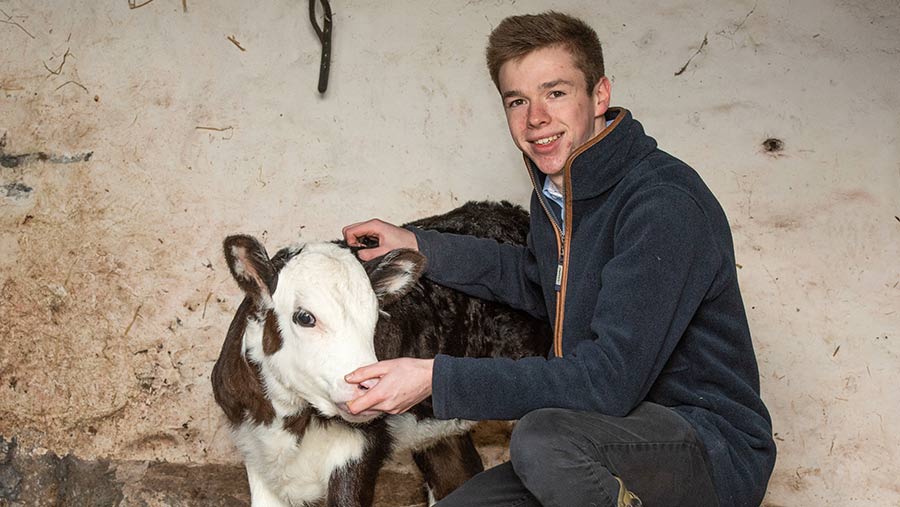Josh Dowbiggin: Going native in pursuit of the perfect steak
 © John Eveson
© John Eveson Let’s face it, it doesn’t get much better than tucking into a nice steak, especially when you have something to celebrate (maybe even just making it to Friday).
Rare or medium, sirloin or fillet, we all have our preferences, but one thing that we can all agree on is that for the perfect eating experience, your steak must be tender, juicy and flavoursome.
I have spoken before about the need to improve the consistency of beef products in the UK, and although numerous changes need to be made for this to be achieved, for me there is one simple change that will help significantly.
See also: More articles from Josh Dowbiggin
The answer is to go native. There is a reason why the premium beef ranges of all the major retailers are breeds such as Angus or Hereford, and it isn’t because it looks good on the label.
They offer an element of consistency when it comes to the eating experience that continental-sired cattle cannot match. I am not suggesting breed is the only contributor to eating quality – far from it – but it certainly has an influence.
Change in mentality
However, for these breeds to have a real impact on the beef business, they need to move away from the “premium mentality”.
Premium product offerings will only ever impact a certain portion of a consumer population, purely because of the price tag. But who says native beef has to be expensive?
These breeds are built for easy management and low-cost production systems, so in reality they are the profitable option for farmers, regardless of premium.
The eating quality benefits presented by these breeds, coupled with the likelihood that Brexit will mean a change in the grading system and the need for a lower-cost, forage-based approach to beef production, puts native breeds in a great position over the next decade.
Until we see a change in beef grading system, native breed premiums will have to remain in order to incentivise beef producers against producing what the EUROP grid tells them to.
But when the grading system incentivises quality as much as it does quantity – then you will likely see a major shift towards native, and not just at the premium end of the market.
Breeders beware
For now, the responsibility falls with the breeders of the likes of the Hereford and the Aberdeen Angus to make them the best they can be.
It is vitally important that these breeds continue to improve on economically important traits such as growth and conformation.
But even more important is that these breeds do not stray away from and continue to improve on the traits they have always been known for.
Calving ease, easy-fleshing, eating quality and maternal traits cannot take a back seat to performance. Don’t try and make these breeds something they aren’t meant to be – continental.
To win an election, a political party must achieve two things. First, keeping their own voter base happy, and second, becoming attractive to middle-ground voters who could vote either way.
This is the same for the customers of your breed, the long-term user of your breed being your voter base, and the farmer considering it being the middle-ground voter.
Yes, growth rates should be improved, but not at the cost of calving ease. Yes, conformation should be improved, but not at the cost of eating quality and fleshing ability.
Genetic antagonisms make this difficult, but with the recording and reproductive technologies available to breeders, it’s not impossible to appeal to all.
